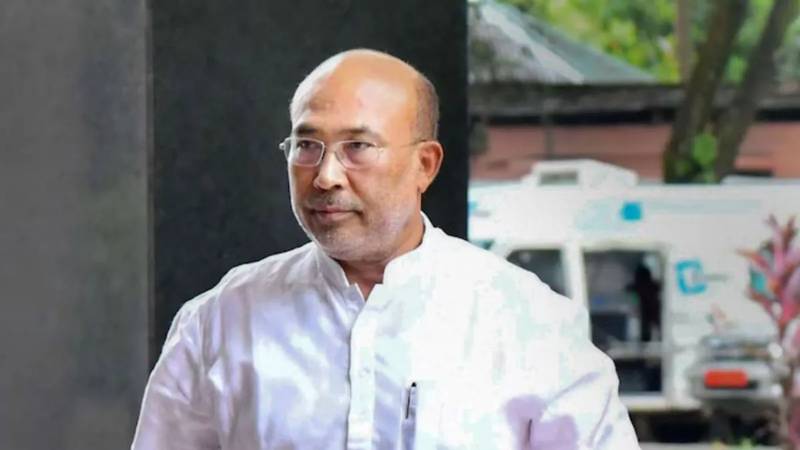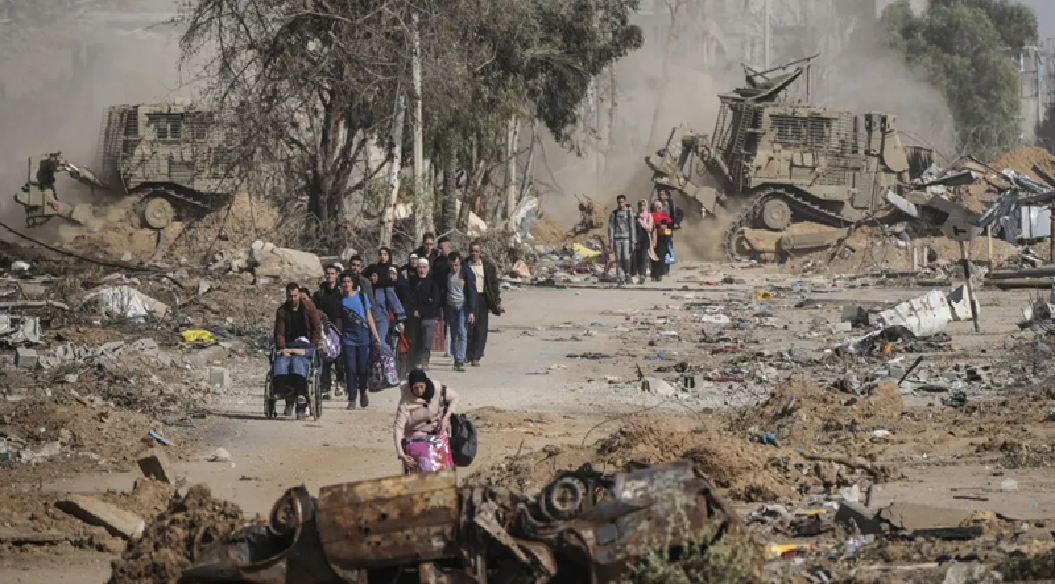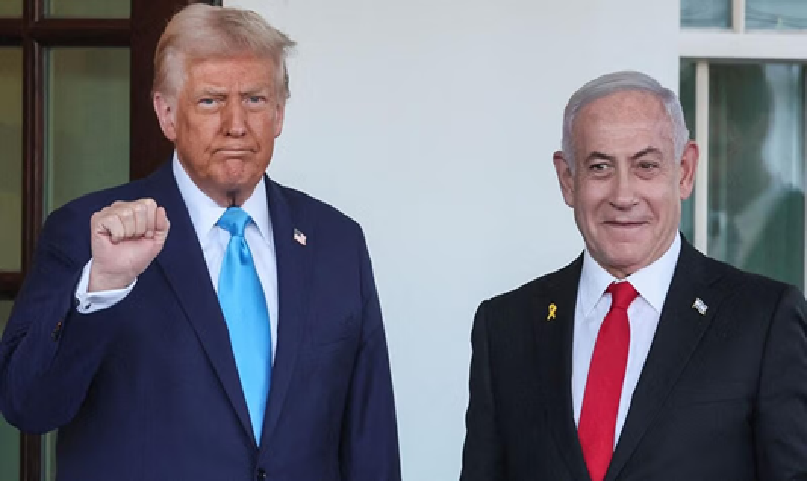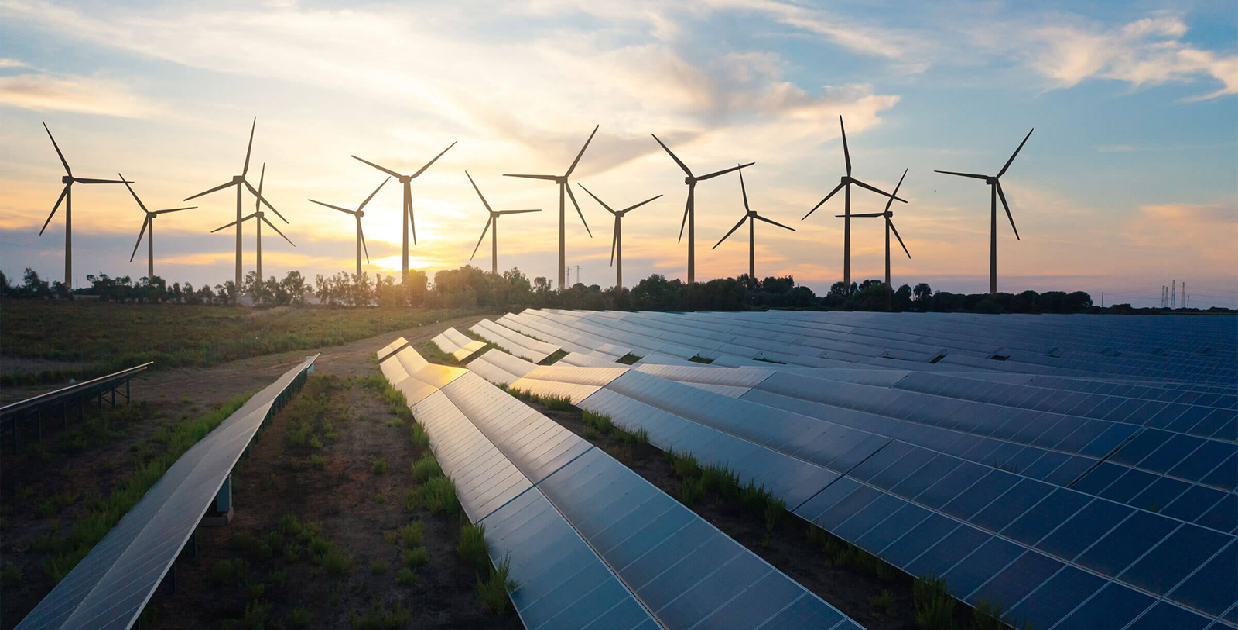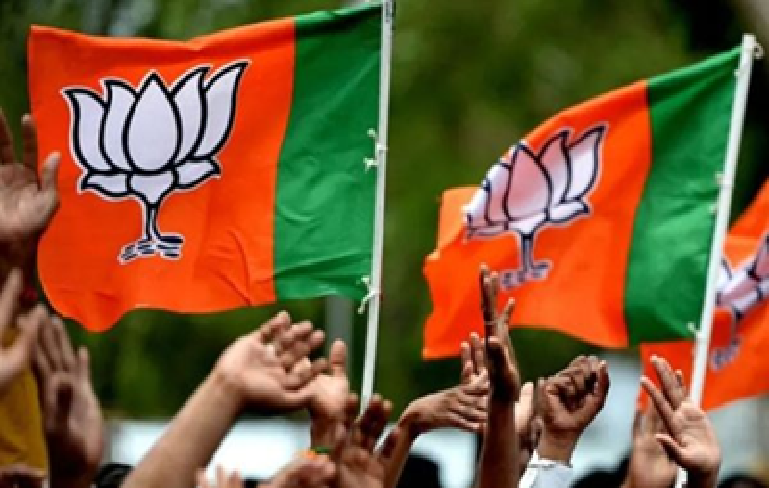.jpg)
Press freedom: Worrisome decline
The latest report of the Reporters Without Borders (known by its French acronym RSF) hardly brings any cheer to those who cherish the press to be free from pressure or threat in India.
India’s rank in the World Press Freedom Index compiled by the RSF has improved only by two notches, i.e., from 161 in 2023 to 159 this year. It must be worrisome for all media watchers that India trails behind its neighbours Pakistan (152nd) and Sri Lanka (150th). Even Turkey and Palestine rank higher than India.
The RSF’s comment that India’s rank was ”pushed up two places despite recently adopting more draconian laws” and is still “unworthy of a democracy” should inject some sanity in those who maniacally defend the nation’s democratic governance.
India’s ranking has been constantly plummeting ever since the advent of Mr. Narendra Modi and the Bharatiya Janata Party at the centre.
The intensity of threat to media freedom has been increasing all the time. While all kinds of dissent have been curbed and several independent journalists have been jailed under petty charges, a good section of the mainstream media owned by the capitalists friendly with the Prime Minister has turned extremely pliant and remains beholden to the powersthat-be at Delhi.
As was evident from NDTV’s acquisition by one of the country’s richest businessman Gautam Adani, all independent minded journalists quit the channel soon after the takeover. News portal Newsclick’s owner Prabir Purkayastha has been detained for over six months.
Several journalists doing factual reporting of the farmers’ agitation were slapped with colonial-era Sedition Act which has witnessed 30% increase in filing of charges.
Amidst all these, the Government announced setting up a fact-checking mechanism under the Press Information Bureau and pulled back its steps only after doubts were raised about its credibility.
What could be more galling testimony of the ruling dispensation’s dislike of independent media than the fact that the Prime Minister has not held a single press conference ever since his assumption of the high office.
His monthly ‘Mann ki Baat’ is proof enough of his belief in unilateral discourse and aversion to interactive communication. When forced to take a question from mediapersons at the White House in June 2023, Mr. Modi was evasive at best and skirted the central issue.
Back at home, his party’s IT cell unleashed a troll army and derogatory campaign against the scribe who posed the only question he consented to face and reply.
The situation worsened to the extent that the White House was prompted to issue a statement calling the harassment “completely unacceptable” and “antithetical” to the principles of democracy.
While the Emergency (1975-1979) was the bleakest period for the freedom of the press in India, the Modi era has gone a point beyond due to the fact that it has been able to nurture a considerable section of the media into subservience and made it sing paeans of praise, obfuscating facts, hurling new issues into the discourse when more prickly issues such as price rise, ethnic conflict in Manipur and the Centre’s inability to restore peace in the troubled state, Chinese incursion into Ladakh, unemployment begin to make the party in power and the man in the hot seat uncomfortable.
Given the Prime Minister’s distaste for a critical media and the slew of measures to curb the freedom of independent media, the RSF report seems to be only an unadulterated statement of facts.
 English daily published in Bengaluru & Doha
English daily published in Bengaluru & Doha

